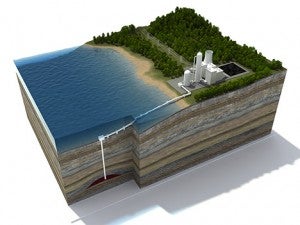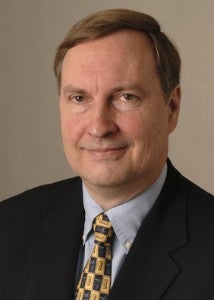Earlier today, a federal court rejected a legal attack on new clean car standards that will help protect our air quality and our pocketbooks.
A three-judge panel of the U.S. Court of Appeals for Washington, D.C. ruled in favor of the U.S. Environmental Protection Agency’s (EPA) green light for clean car standards adopted by California and 13 other states and the District of Columbia.
Environmental Defense Fund intervened in defense of EPA’s action, supporting California’s pioneering leadership.
“This is a major victory not only for California but for the millions of Americans who are working together to unleash smart policies that will save families money at the gas pump, reduce dangerous pollution and break our dependence on imported oil,” said EDF president Fred Krupp.
California adopted the new standards in 2004. They were later adopted by Arizona, Connecticut, Washington D.C., Florida, Maine, Maryland, Massachusetts, New Jersey, New Mexico, New York, Oregon, Rhode Island, Vermont and Washington.
The federal government, the involved states, the U.S. auto industry and the United Auto Workers Union reached an agreement on the standards last year. The EPA finalized a national clean car program on April 1, 2010 that built on the foundation forged by the state clean car standards, creating integrated national standards to provide benefits across the country.
The U.S. Chamber of Commerce and the National Automobile Dealers Association sued to to block EPA’s green light for the California clean car standards but the court ruled that neither have legal standing to challenge EPA’s action.
According to the Court’s decision, “[b]ecause the Chamber has not identified a single member who was or would be injured by EPA’s waiver decision, it lacks standing to raise this challenge.”
The Court also relied on the overarching national standards, writing, “[e]ven if EPA’s decision to grant California a waiver for its emission standards once posed an imminent threat of injury to the petitioners — which is far from clear — the agency’s subsequent adoption of federal standards has eliminated any independent threat that may have existed.”
“It is time for the U.S. Chamber of Commerce to stop obstructing made in America clean air solutions that are a trifecta for saving money, energy security, and a safer environment,” Krupp added.
“This is a major victory for Americans who are tired of pouring out their hard-earned money at the gas pump,” said Vickie Patton, EDF’s General Counsel. “Cleaner cars will save their owners money – as much as $3000 over the life of their vehicles. Cleaner cars also reduce dangerous air pollution, and help break our nation’s dependence on imported oil.”














